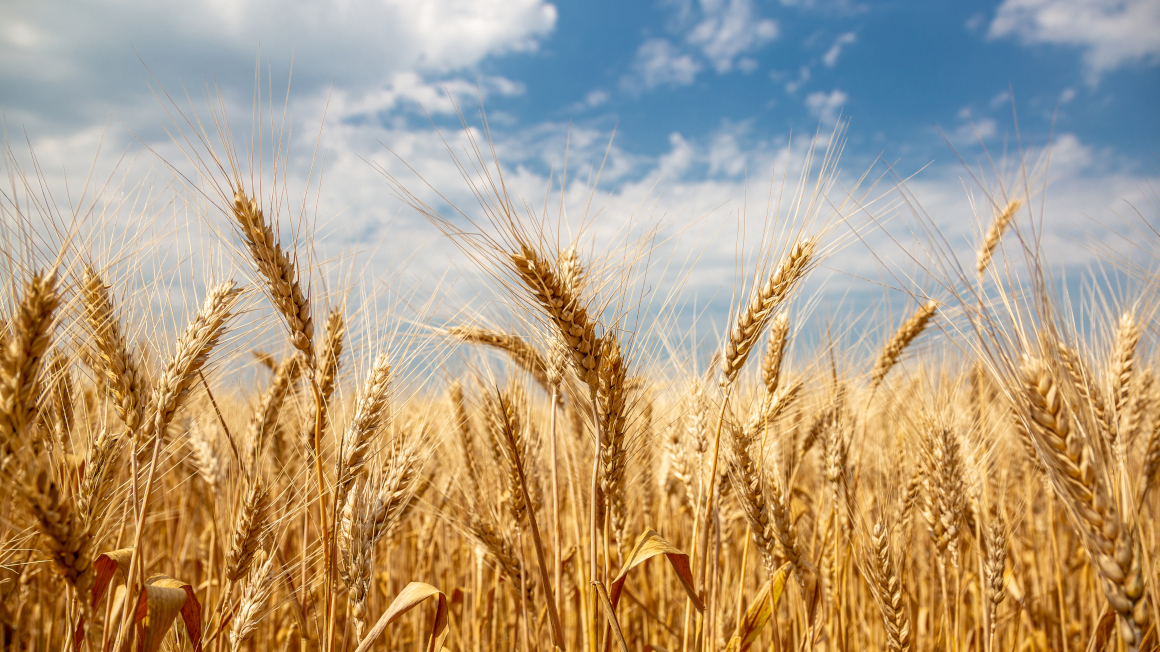Observing water uptake by lupine roots
How is water transported in the soil as well as through roots of plants? Using 3D neutron imaging, a team of researchers have visualized the waters path to the lupine roots.

Scientists from Potsdam, Berlin and Grenoble were able to use ultra-fast 3D neutron imaging to visualize the transport of water in the soil and the subsequent absorption by the roots of lupines. The ultrahigh-speed neutron tomography developed at the Helmholtz-Zentrum Berlin für Materialien und Energie (Helmholtz Center for Materials and Energy, short: HZB) generates a complete 3D image every 1.5 seconds, seven times faster than before. The research team reports on the new process in the specialist journal "Optics Express". The findings are helpful in better understanding the water and nutrient uptake of crops. The measurements took place at the neutron source of the Laue Langevin Institute in Grenoble, France. The method is also interesting for the analysis of transport processes in other materials.
Capturing water flows in soil and roots
The uptake of water and nutrients by the roots of plants leads to complex interactions with the surrounding soil. "The tomographic method makes it possible to track 3D water paths from soil into roots over time," says Christian Tötzke, who heads the research team at the University of Potsdam. "These insights can help to develop strategies for more efficient and sustainable use of water and fertilizer in crop cultivation."
Neutrons are sensitive to light elements such as hydrogen contained in water. Neutron tomography can therefore be used to precisely map the water content, both in the roots and in the surrounding soil. How plants can obtain water and nutrients depends largely on the properties of the rhizosphere, a soil layer a few millimetres thick that surrounds the roots. This area includes not only the mineral and organic components of the soil, but is also influenced by root excretions and the activity of microorganisms.
New tomograph in Grenoble
Until now, 3D images with time-resolved neutron imaging took at least ten seconds per image. This made it difficult to document in detail rapid processes such as the infiltration of the root space with water. To enable more images in less time, a team led by HZB expert Nikolay Kardjilov optimized the method on the recently opened NeXT-Grenoble tomography instrument at the Laue-Langevin Institute (ILL), which is supplied with cold neutrons by a 60 megawatt research reactor.
By exploiting the much more intense neutron beam, it has been possible to reduce the recording time per tomogram to almost one second. "The result even exceeded our expectations," explains Tötzke: "The achieved acquisition rate was higher than assumed beforehand. Nevertheless, the signal-to-noise ratio and the spatial image resolution could be improved also."
Method optimized in Grenoble
Now that the technical feasibility of ultrafast neutron tomography has been demonstrated, Kardjilov and his team are working on further improving the method and applying it in other areas. Since the Berlin neutron source of the HZB will cease operation in December, the fast image build-up will be integrated into the NeXT instrument in Grenoble in order to investigate fast transport processes in other material systems in the future.
For example, high-speed neutron tomography could provide new insights into the hydraulic fracturing of porous rock formations or could be used to investigate ion transfer during fast charging and discharging of lithium batteries in order to increase the safety, capacity and durability of such energy storage systems.
pg/um


